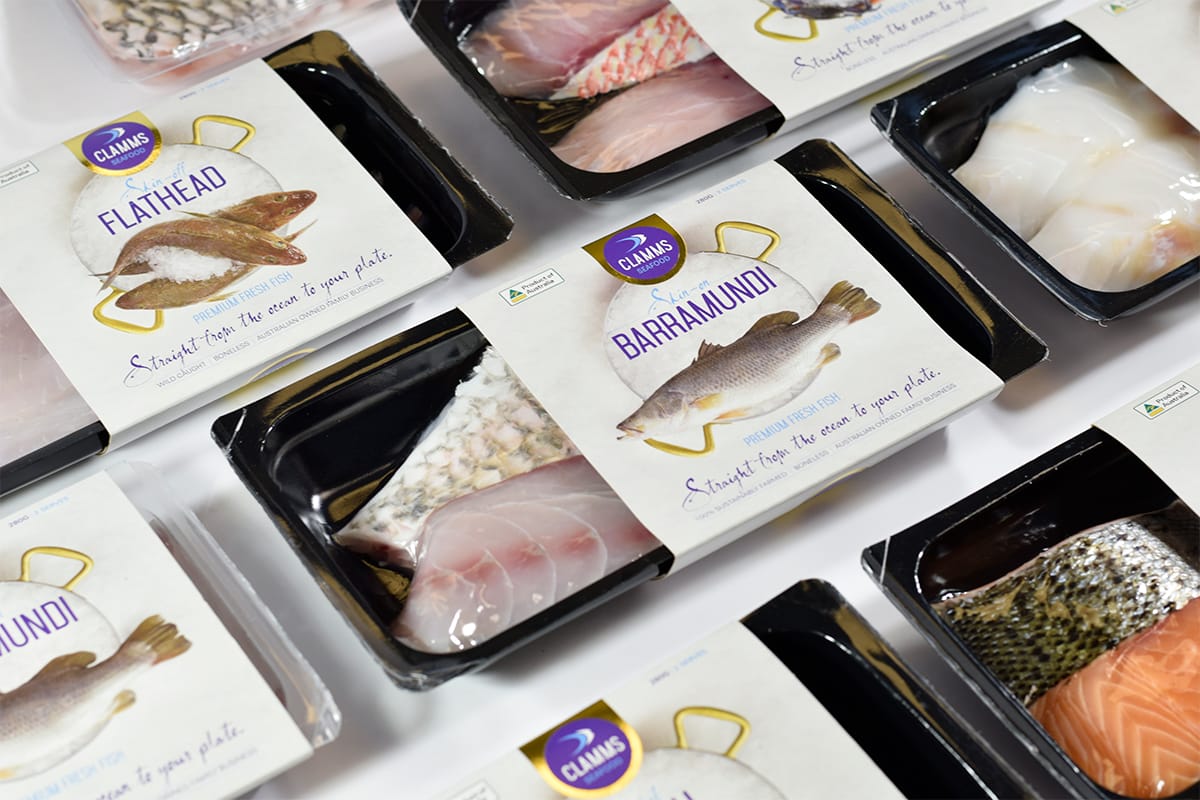
How important is packaging?
When you create a new product for your business, what do you consider? The taste, the look, perhaps the price you want for the item.
These are certainly important, but the one vital element of a product that may be overlooked is the packaging. Great product packaging can make all the difference to how your item sells, especially if it is being sold at a store which contains many different brands, such as a supermarket.
To give a sense of how much larger brands invest in great packaging, the World Packaging Organization estimates the turnover of global packaging industry is more than $500 billion, in which food packaging is a major part. So if you’re not doing the same, you’re falling behind others in the industry.
All product packaging, as the customer’s first point of interaction with your product, will elicit either a positive or negative reaction towards your brand. If you can work out what response your current packaging evokes in consumers, you can customise it to maximise its shelf appeal. This personalised packaging can create an instant positive impression of your product, giving you a cutting edge over other similar sellers, without customers even having tasted your product.
The sort of packaging you use can majorly depend on your target demographic. For instance, packaging is influenced by local food preferences in different countries and regions. Japanese consumers automatically distrust imperfect, damaged-looking packaging– even some insignificant crease on packaging could result in the unwanted destiny of supermarket food: the discount bin.
Fish and seafood are an important part of the Japanese diet and must be kept fresh and prevented from spoilage. So, if targeting such a market, it is important your packaging is heavy-duty enough to stand up to the rigours of transport and shelf-time.
Doing so can inspire customer loyalty, as consumers can feel proud, or enjoy picking your product off the shelves.
Another example of how regional preferences can affect the shelf appeal of products is that normally a small bag of silica gel or starch polymer is put inside a food packaging to absorb moisture. However, European consumers are sceptical of these moisture absorption agents and putting that in a packaging might trigger their suspicion of the food itself.
But a customer’s reaction to your packaging can be even more instinctual, coming down to elements like the typography, colour scheme and branding. Many of the most popular brands in the world have very distinctive, memorable packaging – think Coca Cola or Cadbury.
A bold, minimalist design can make you think of the product as modern and interesting. A subdued, delicate design can make you see the product as a high-end, luxury or artisanal item. All these automatic reactions to packaging can encourage or discourage a customer within seconds.
So it’s vital you create wrapping that tells a story about not only your product, but your brand.
Consumers already expect the packaging you use to describe the character of your brand. For example, if we look at the brand Vegemite, we think of Australia, because the brand has made its distinctive, bright yellow container synonymous with this nation.
So, your packaging should explain, through its design, your unique selling point at first glance.
… simple improvement like this could save your product from being found in the discount bin …
Doing so can inspire customer loyalty, as consumers can feel proud, or enjoy picking your product off the shelves. They will also be more likely to try a new product line, if its packaging marks it as part of a brand they already trust or enjoy.
For those of you wondering if packaging is truly that important, consider how the idea of ‘unboxing’ as a leisure activity has gained huge momentum. Customers now see packaging as an important and exciting part of the product they purchase, and if it does not interest them, they are far less likely to buy.
Overall, products with great personalised packaging are simply more likely to be seen as worth more by customers. Because packaging has become such an integral part of product presentation, a great design can increase the products perceived value.
So a simple improvement like this could save your product from being found in the discount bin at the supermarket, unnoticed and unwanted by all potential customers.
So, think about the way you package your products. Is it enough to make your brand stand out? If not, start considering how you can improve it to give yourself a better chance of being noticed.
Want to discuss product packaging more?
Speak to our team and they can find the best solution for your product.
Equipping the food industry to grow with food processing and packaging solutions
call 1300 88 99 51
email [email protected]
room 35 Shirley Way, Epping VIC 3076
room 9 Mcilwraith St, Wetherill Park NSW 2164
room 21 Hoyle Rd, Hope Valley WA 6165
room 27 Beal Street, Meadowbrook QLD 4131
room 7 Chadderton Bvd, Epping VIC 3076
room 40 Logistics Boulevard, Kenwick WA 6107
room 25 Hayton Road, Wigram, Christchurch 8042, NZ
Connect with us on LinkedIn
